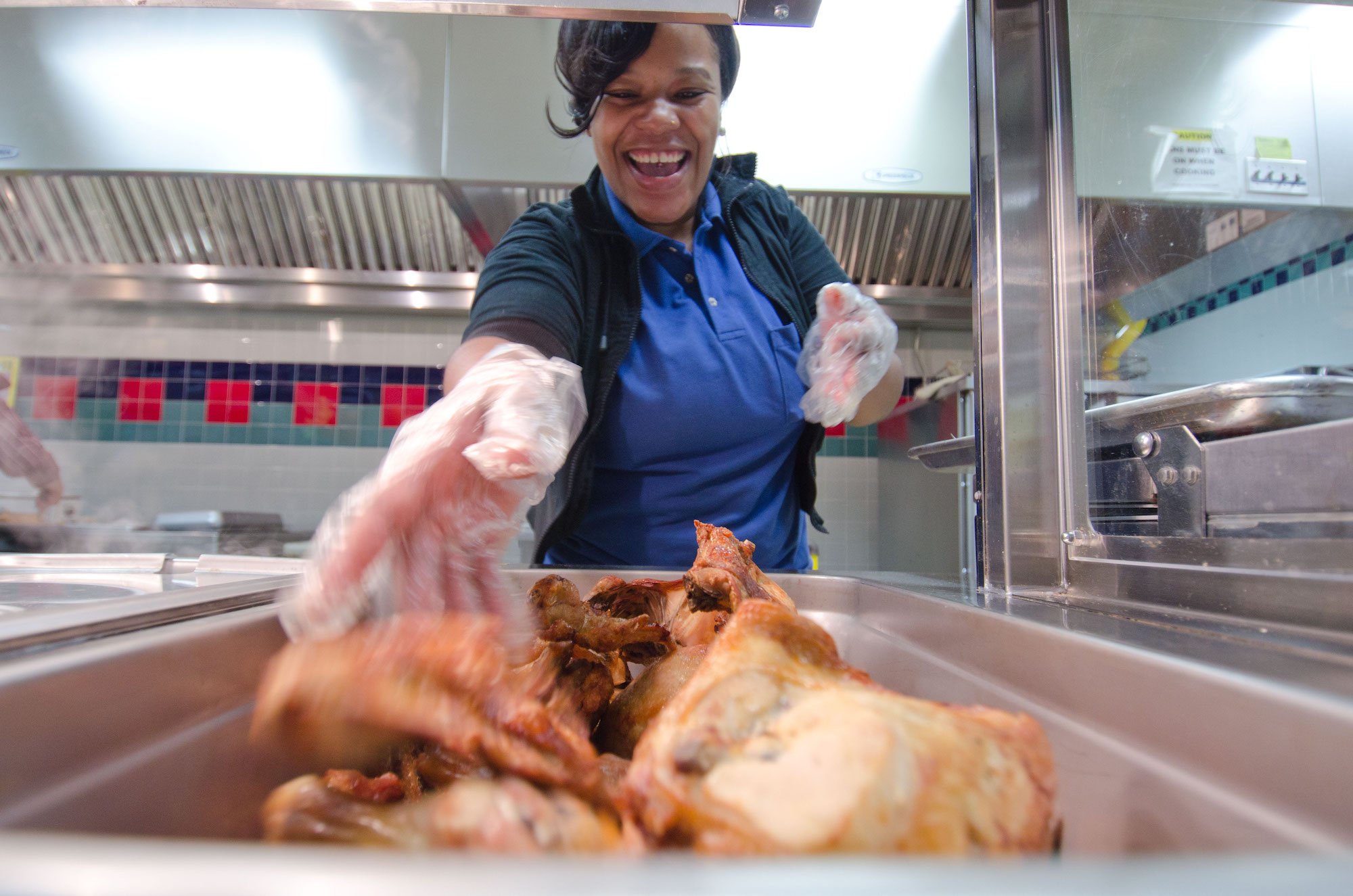
Food waste in the U.S. has long passed an alarming threshold. In 2012, research undertaken by the Natural Resources Defense Council revealed that up to 40% of food goes uneaten. While an outrageous, quantity of food is wasted, 12% of American households lacked access to enough food in 2017 (USDA research).
From the field to the plate, food waste happens at every step of the supply chain. School cafeterias are a particularly vulnerable point. A 2013 study by the American Journal of Preventive Medicine estimated that the National School Lunch Program wastes about $1.2 billion worth of edible food every year.
Fortunately, there are as many ways to save and redistribute food as there are to waste it. In this blog we will highlight a few tactics that proved very effective in reducing food waste in schools:
Make pre-orders available. Time is one of the most important factors in school food waste. Essentially, when students don't have time to eat the food on their trays, they throw remaining food on those trays away. By allowing students to order food in advance, they can gain more time.
Give students at least 30 minutes for lunch. Of course the easiest way to give students more time to eat is to give them more time to eat. When students have enough time to choose food and eat it, they can make more responsible choices. The result is more empty plates and less food waste.
Allow them to take unfinished food to class. What kids don’t feel like eating now, they may feel like eating later in the day. Consider relaxing policies that will allow students to take those final few bites to their next period.
Add a swap table to the cafeteria. This is where students can leave the food they don’t feel like eating and pick something that was left by someone else. Instead of throwing that full, uneaten apple into the garbage or compost bin, put it in a place where someone else can enjoy it.
Teach students to think before taking a bite. Recovering unwanted food is only possible when it’s still intact. For half-eaten fruits or yogurts, the only destination is the compost bin. Educating students on the importance of reducing food waste is a big part of not only the conservation process, but also in teaching students why it's important.




